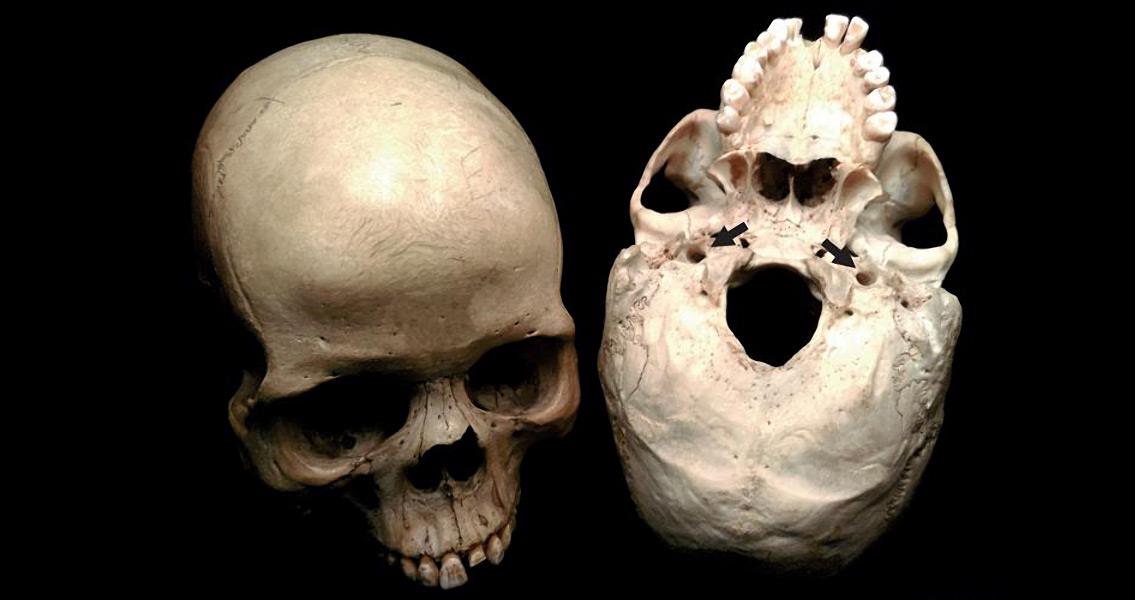<![CDATA[A new research study spearheaded by scientists from the University of Adelaide suggests that it's the amount of blood fed to the brain - not its overall size - that influenced the evolution of human intelligence. The international team of researchers, which included scientists from South Africa and Australia, demonstrated that as the human brain evolved its larger size, its energy requirements also increased. This meant the organ required much larger amounts of blood to support its function - even more than previously thought. According to a press release from the university, researchers conducted calculations regarding how the flow of blood to the brains of humans and their ancestors changed over the course of their development. The comparison point used was a pair of holes at the base of the skull that permit arteries to feed the brain blood. Roger Seymour, professor emeritus for the university of Adelaide and the leader of the project, remarked that while the size of the human brain has increased by around 350 percent over the course of our evolution, the amount of blood the organ needs to function properly has skyrocketed by 600 percent. Seymour states that this could be a byproduct of the highly energetic nature of nerve cell connections - the same neural links that facilitate more complex learning and thinking abilities - with more blood required to power these advanced synapses. Oxygen and other nutrients need to be fed to the human brain on a constant basis in order to allow us to harness our intelligence, the researcher added. With the holes in the fossil skulls used in the study thought to be accurate when it comes to gauging the size of the arteries that fed these primitive humans' brains, Seymour says that it's obvious the arteries of larger-brained human ancestors were linked to increased blood supply. With more metabolic activity within the brain, the requirement for blood increases, he remarked. The new research study marks the first time the University of Adelaide's Cardiovascular Physiology team from its School of Biological Sciences has collaborated with the University of the Witwatersrand's Evolutionary Studies Institute and Brain Function Research Group. Dr. Edward Snelling from the South African university and the study's co-author, remarked that the size of the cranial holes in the fossilized skulls of Australopithecus specimens which lived three million years in the past shows that blood flow to the brain has unmistakably increased over the course of evolution of the modern human. Vanya Bosiocic, University of Adelaide honors student and research study co-author, also commented, remarking that brain function advances seem to be related to the length of time it takes for humans to mature to full adulthood, and also seems to be connected to looking after the young, defending territory, and cooperative hunting. The timeline for these traits emerging in early human ancestors seems to be in line with the brain's increasing need for blood-borne energy, Bosiocic added. The new research findings, recently published in the Royal Society journal Open Science, can be found online here Image courtesy of Edward Snelling. Sourced from the Raymond Dart Collection of Human Skeletons, School of Anatomical Sciences, Faculty of Health Sciences, University of the Witwatersrand.]]>
Blood Supply to Brain Linked with Human Intelligence
